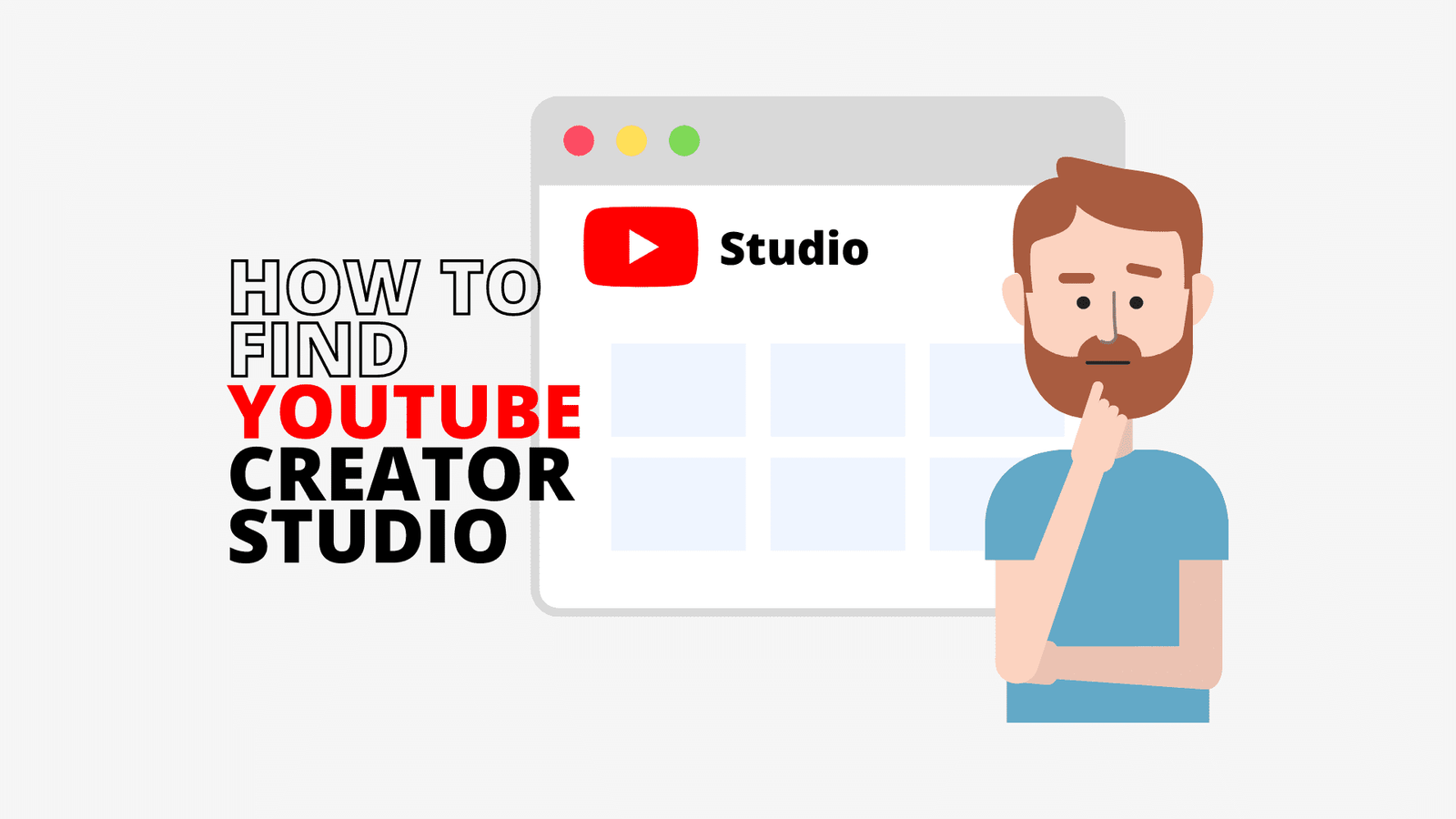Beating the YouTube Algorithm has been in the mouths of thousands of new creators that try to reach the goal of 1000 subscribers, 4000 hours of watch time or simply being noticed by a larger audience.

Table of Contents - YouTube Algorithm Concept 1 - YouTube Algorithm Concept 2 - YouTube Algorithm Concept 3 - YouTube Algorithm Concept 4 - YouTube Algorithm Concept 5
Well, what if instead of trying to beat the YouTube Algorithm, we could just try to get inside the mind of your target audience, and figure out what they want?
Seems more “simple” doesn’t it?
Let’s try to break this down.

The goal is to get YouTube to recommend more of your videos.
You can achieve this by beating the “human algorithm”. How?
With interest and intrigue, by unlocking the minds of your audience viewers.
According to Rob from VidIQ, you can get daily video ideas through their app (VidIQ), with a total of 50 video ideas every single day.
If you’re running out of ideas, I would say that VidIQ it’s something you should try.
But apart from that, let’s get into the five concepts to beat the algorithm.
YouTube Algorithm Concept 1

Find topics that your viewers are searching or struggling for. This is also known as search analysis.
If there is a question related to your channel that cannot be answered with a simple search on the internet, within 30 minutes, then you need to create that answer and make a YouTube video about it.
YouTube Algorithm Concept 2

When it comes to intrigue, Rob suggests that you may put two topics related to your channel niche, against each other, like A vs B. This will force the viewer to make a choice and it divides opinions, which creates intrigue.
This method can have many advantages, for instance:
- Making purchasing decisions
- Informing the viewer of a counter-side of a debate
- Build conflict and tension in a story
- Create controversy and heated debate.
All of this will create a lot of engagement in your videos, sparking the YouTube algorithm to notice your channel, and show your videos to a larger audience of similar interests.
You also get the benefit of using at least two different keyword phrases in your content, increasing your discoverability.
This is a way of getting to know better your viewer’s mind, and find out what they actually care about.
Rob suggests that the best way to use this strategy is to go on YouTube and start typing the first keyword and add “vs” after, to see what YouTube auto-suggests, for you to start researching.
YouTube Algorithm Concept 3

This concept is similar to the previous one, but you will start with “Best”, “Worst”, “Cheapest”, “Rarest”. It can be cameras, movies, travel destinations, but remember that you need to attach these keywords to your target audience.
What does this mean?
If you have a YouTube channel about tech, then you would want to start as “Best” “Camera” for “Vlogging”.
This will target a specific audience that is looking to make vlogs.
The key is to get in the place of the viewer and try to understand what they may be looking for, so when you upload your video, the viewer says: “This video is for me!”.
YouTube Algorithm Concept 4

Have you heard about listicles?
Well, these are also a proven video idea, that has shown to work.
When you enumerate the number of things your video may have, let’s say, “5 Best Cameras for Vlogging”, this will impact the potential viewer, and spark curiosity, because there’s a certain number of cameras, in this case, that the viewer can look for.
YouTube Algorithm Concept 5

This may shock you, or not, but Rob also suggests that every video needs to spark a change in the emotional state of the viewer by the end of the video.
This needs to happen because, if the viewer has the same emotion both in the beginning and end of the video, then you have a problem.
Why is this a problem?
You want to take the viewer in a journey, changing the emotional state of their “mind algorithm”.
This way, the viewer is much more likely to remember the video.
If they don’t experience such change, it’s very likely that they will have forgotten about it within the hour.
Conclusions
These are the five proven concepts that were shown to work for several YouTube video creators in their channels.
It’s not always possible to use all of them, but you can try at least one on your channel and see the results over time.
YouTube is constantly changing its algorithm so us creators need to find out new concepts that spark the viewer’s curiosity, and grow our channels along the way. To find out more about YouTube Algorithm latest secrets, read this post.




